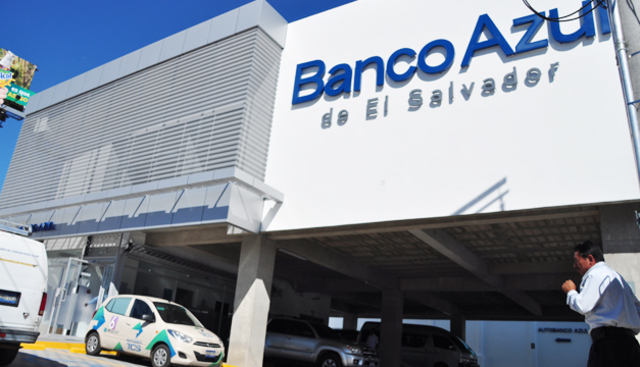Moody’s says a plan to refinance El Salvador’s US$2.7 billion domestic debt is risky for local banks.
The agency states this will increase the banks’ exposure to the country’s high credit risk. However, the plan won’t affect the state’s credit rating.
El Salvador’s Ministry of Finance has okayed a proposal from Abansa, a banking group. They aim to rework short-term debt but have not released full details yet.
Moody’s claims the banks will convert short-term notes into longer ones, stretching up to seven years.
Both bank leaders and officials say the plan helps the country’s capital market. It will also ease the state’s financial burdens.
Moody’s highlights that the banks now hold more state debt than before, totaling US$2.7 billion. This amount was about US$900 million before the pandemic hit.

This boost increases the government’s money issues and the banks’ capacity to hold more. By April 2023, banks held record levels of public securities.
These holdings made up 114% of the banks’ own funds. In 2019, the figure stood at 40%.
Moody’s concludes that this high focus on public debt could harm the banks. They may become less flexible in handling finances.
The system’s risk level could also go up, tied to a Caa3-rated sovereign.
Lastly, Moody’s notes that banks’ increased exposure to risky securities will link their health closer to the state’s financial condition.
Background
This situation shines a light on the growing financial challenges El Salvador faces. Moody’s warning could have a ripple effect.
It might make foreign investors hesitant to engage with local banks. This caution could limit the funds available for economic growth.
Meanwhile, the high level of debt may restrict the government’s ability to fund public services.
Thus, both banks and the state need to consider the potential outcomes of this debt plan carefully.

